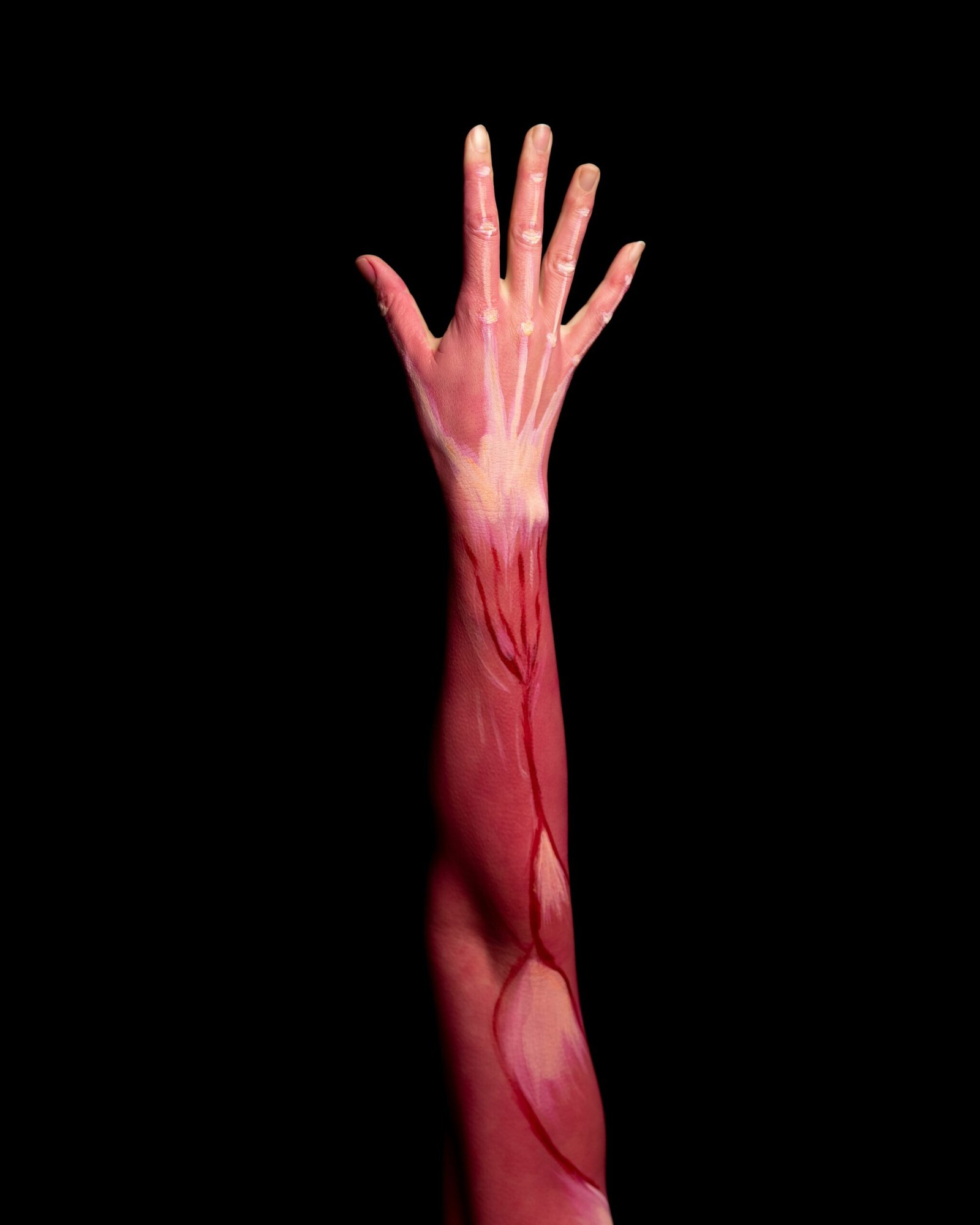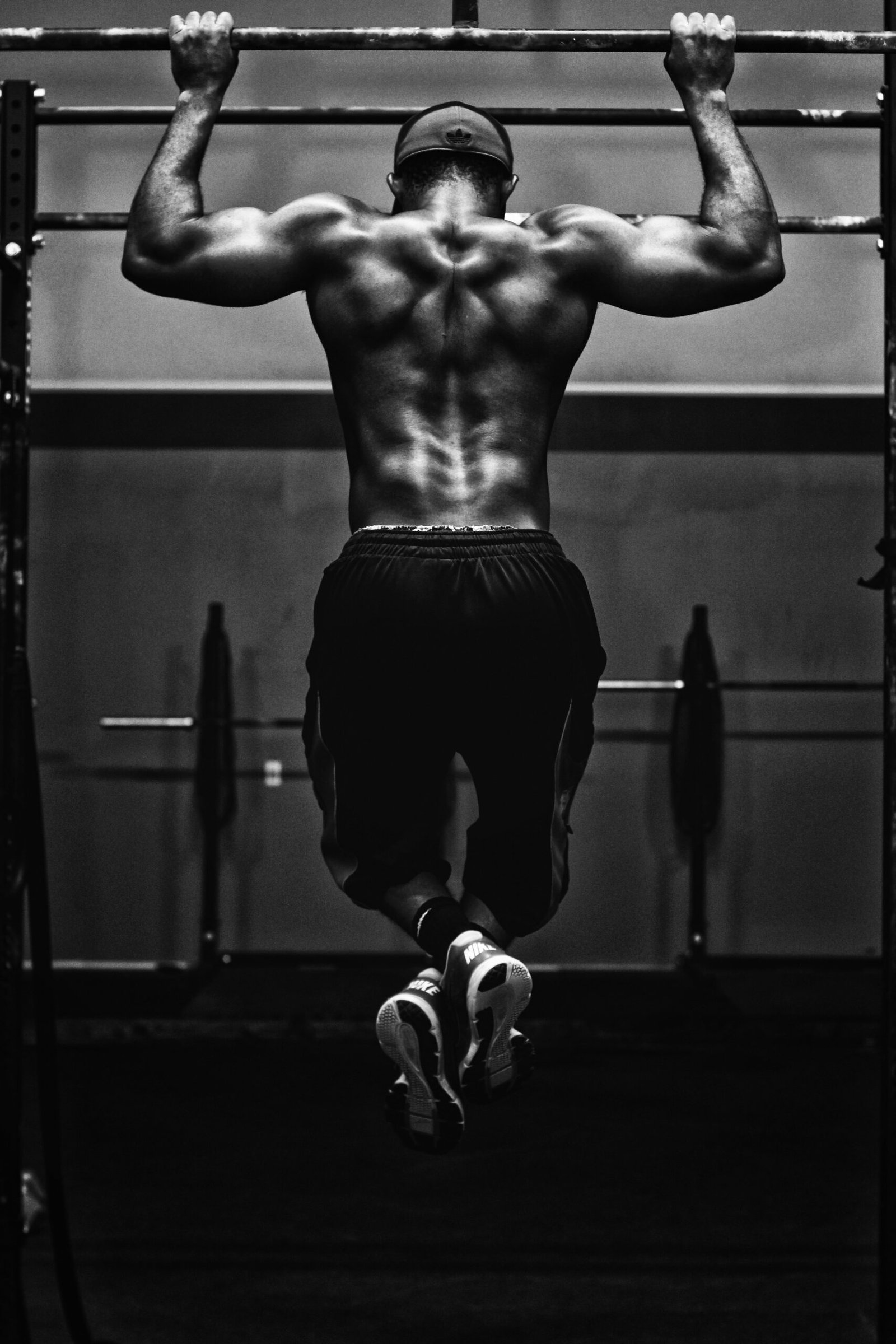
Understanding the Anatomy of the Inner Chest
The chest muscles, or pectoral muscles, play a crucial role in upper body strength and aesthetics. The pectoralis major, the larger of the chest muscles, is primarily responsible for the bulk of the chest’s appearance and function. It is divided into two parts: the clavicular head (upper chest) and the sternal head (lower chest). Both parts work in tandem during most chest exercises, but certain movements can emphasize one area over the other.
The inner chest, often targeted for a more defined and sculpted look, is influenced by the sternal head of the pectoralis major. This section of the muscle is activated during exercises that bring the arms towards the centerline of the body. Understanding this muscle’s anatomy is essential for selecting the appropriate exercises that maximize inner chest engagement.
In addition to the pectoralis major, the pectoralis minor, a smaller muscle located beneath the pectoralis major, assists in stabilizing the shoulder blade and plays a supporting role in chest movements. Although it does not directly impact the inner chest, its proper function is vital for overall chest performance and injury prevention.
One common misconception is that specific exercises can entirely isolate the inner chest. While certain movements can emphasize this area, the pectoral muscles work as a whole during chest exercises. Therefore, a well-rounded workout that includes various angles and techniques is necessary for balanced development.
Proper form and technique are paramount when targeting the inner chest to avoid injuries and ensure optimal muscle activation. Common errors such as overextending the arms, using excessive weight, or neglecting the shoulder blades’ positioning can lead to strain or injury. Focusing on controlled movements and maintaining correct form will not only target the inner chest more effectively but also contribute to overall chest development and strength.
Effective Inner Chest Exercises and Workout Routines
Achieving a well-defined inner chest requires targeted exercises that emphasize the pectoral muscles. Among the most effective inner chest exercises are the close-grip bench press, cable crossovers, and incline dumbbell presses. Each of these exercises not only enhances the inner chest but also offers unique benefits to overall chest development.
The close-grip bench press is a fundamental exercise that focuses on the inner chest by narrowing the grip on the barbell. To perform this exercise, lie on a flat bench and grip the barbell with hands positioned shoulder-width apart or closer. Lower the barbell to your chest while keeping your elbows tucked in, then press it back up. This movement predominantly works the pectoral muscles and triceps, providing a dual benefit of chest and arm strength.
Cable crossovers are another excellent exercise for targeting the inner chest. Stand in the center of a cable machine with handles attached to the high pulleys. With a slight bend in your elbows, bring your hands together in front of your chest in a hugging motion. This exercise allows for a full range of motion and continuous tension on the chest muscles, making it particularly effective for inner chest development.
Incline dumbbell presses target the upper portion of the chest, including the inner chest. Set an adjustable bench to a 30-45 degree angle and lie back with a dumbbell in each hand. Press the dumbbells up and together, ensuring they meet above your chest. This incline position shifts the workload to the upper and inner chest, promoting balanced muscle development.
For optimal results, consider integrating these exercises into a workout routine tailored to your fitness level. Beginners might start with three sets of 10-12 reps, focusing on form and gradual weight increase. Intermediate lifters can perform four sets of 8-10 reps, incorporating moderate to heavy weights. Advanced athletes may opt for five sets of 6-8 reps, utilizing heavier weights and shorter rest periods to maximize muscle fatigue and growth. Rest for 60-90 seconds between sets to maintain intensity and prevent overtraining.
Incorporating these exercises into a structured workout routine can significantly enhance inner chest development. Consistency, proper form, and progressive overload are key factors in achieving the desired results. Remember to listen to your body and adjust the weights and repetitions as needed to continue making progress.



